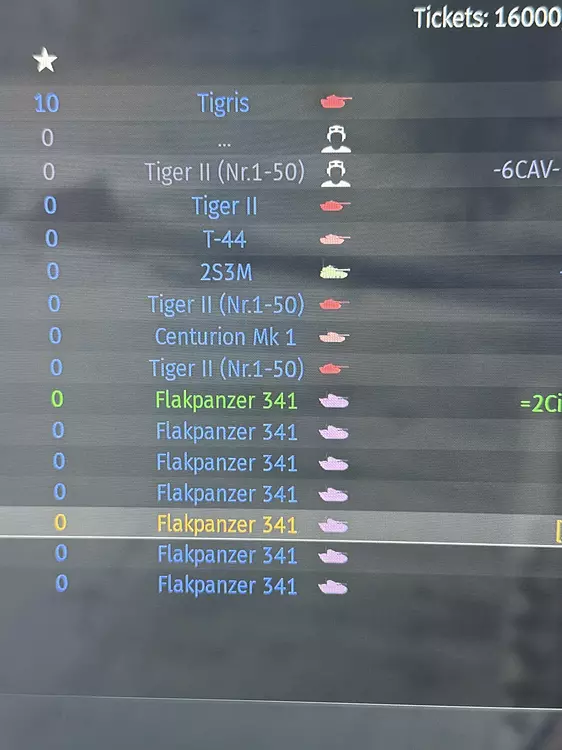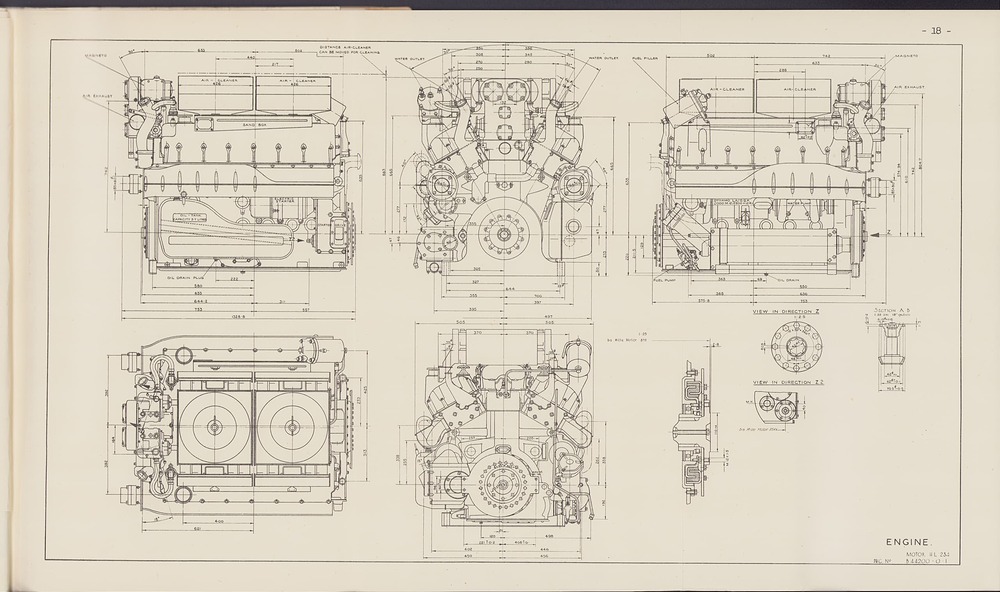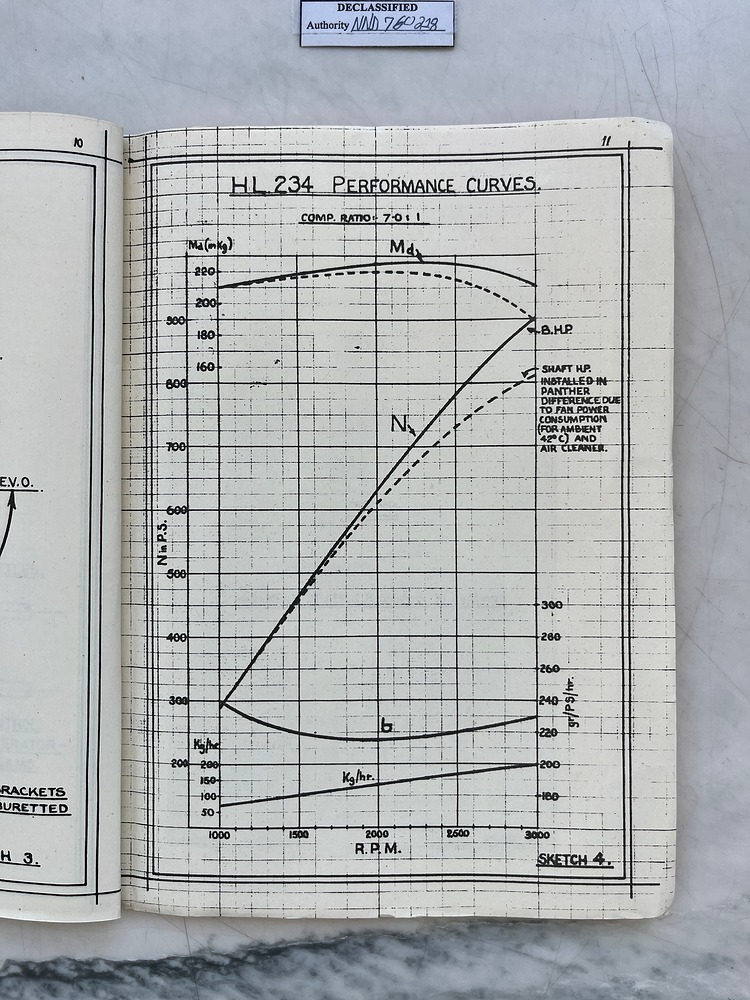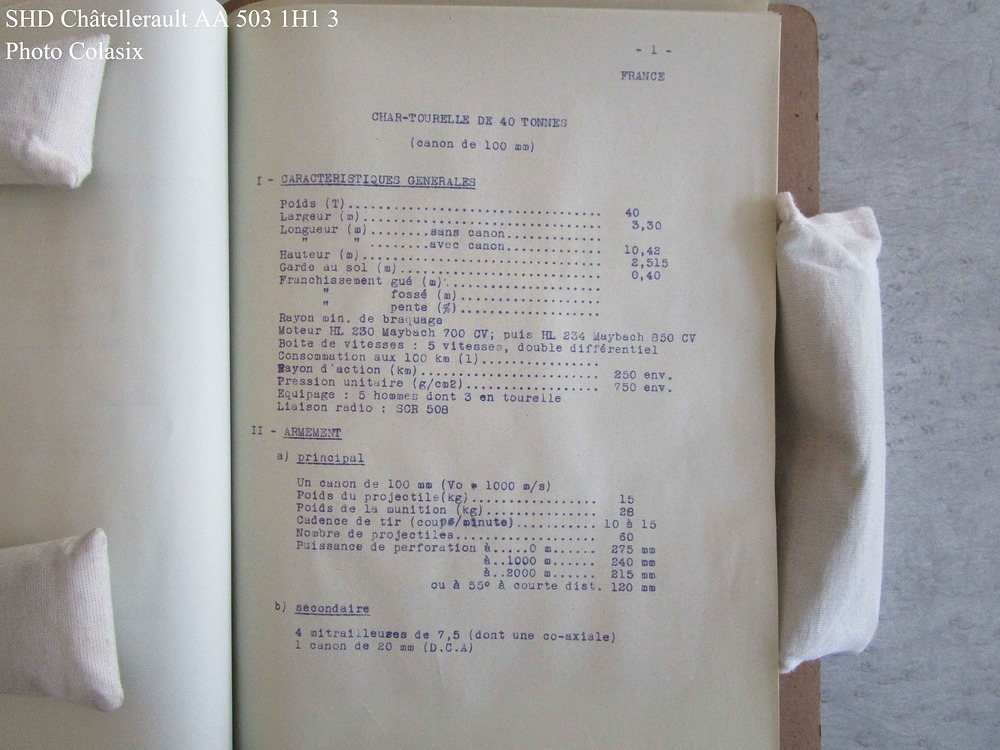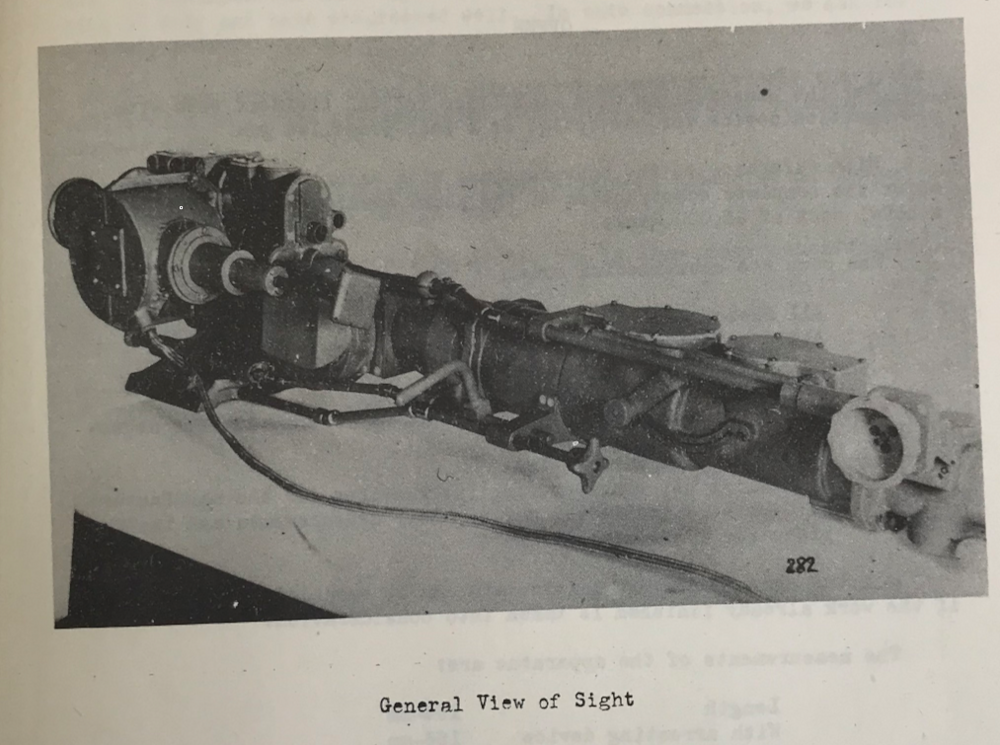I think instead of the Tiger II 10.5cm, what we should get is a Tiger II with various planned upgrades that were tested, but however never implemented due to the abrupt end of Tiger II production in March 1945 due to the rapidly deteriorating war situation for Nazi Germany. Various parts of these upgrades are already present on the in game Tiger II model and these include: the rangefinder, redesigned engine deck and more powerful Maybach HL 234 engine.
I’m going to work on a more detailed suggestion at some point, I’ve been doing research on it, and I’ll give a brief description of various components that were tested for various upgrades for the Tiger II and:
Increased hull ammo stowage
Redesigned hull ammo racks in the panniers, which increased the ammo stowage to 8 in the front, 9 in the middle and 13 rounds in the rear, up from 6 in the front, 7 in the middle and 11 in the rear. This increased the total ammunition stowage in the by 12 rounds.
Not only this, in February 1945, Henschel completed drawing HSK 4372, which showed a new ammunition rack of 5 rounds stowed horizontally behind the turret platform and in front of the engine bay firewall.
Co-axial MG 42 and ball mount StG 44
Along with the Panther Ausf. F, the Tiger II was supposed to switch over from a MG 34 co-axial machine gun in the turret, to the MG 42. In conjunction with this, the ball mount MG 34 was to be replaced with a StG 44. This change was ready to be implemented and required little modification, however is unlikely to have happened due to the abrupt end of Tiger II production in March 1945.
Redesigned engine deck
Drawing 021 B 495 01 U1, originally dated 20th April 1943, modified on 14th November 1944 to include the redesigned engine deck with larger 3 piece engine access hatch
The redesigned engine deck is already present on the in-game Tiger II 10.5cm L/68 model and features a larger engine access hatch that is segmented into 3 parts for easier opening, and a crew compartment heater that redirected warm air created by the radiators into the crew compartment.
Em. 1.6 m R (Pz.) rangefinder,

Another one of the features currently present on the Tiger II 10.5cm model, a few of the rangefinders were built, with DHHV at least starting production on armour shells for the modified turret.
With a magnification of 15x and a FoV of 4°, it wasn’t as simple installing the rangefinder as expected, it limited the gun depression to -6° in the Tiger II’s turret, which was seen as unacceptable. It got in the way of the pneumatic cylinder, responsible for blowing fumes out of the gun.
The height of the turret had to be increased by a total of 45mm, which increased the weight of the turret by 110kg. Not only this, the commander’s cupola had to be moved forward by 20mm, leading to an unacceptable space situation for the commander and gunner.
It was decided that the -6° gun depression restriction for turrets with the rangefinder would have to be temporarily accepted with installation of a stop mechanism into the gun elevation drive that could be removed by the crew. Potential plans for a longer but smaller radius pneumatic cylinder were considered to achieve the original gun depression of -8°. Plans to actually install rangefinders into turrets were slated for July 1945.
Maybach HL 234 Petrol Engine
Drawing created from original Maybach drawing B44200-0-1
A water cooeled 23.5 litre, 4 cylinders, V12, fuel injected engine based on the Maybach HL 230. Between 4–6 prototypes built, with 1-2 representing the final production engine. Originally ran at 900HP @ 3000 RPM, however was unstable at these speeds and was reduced to 850 @ 3000 RPM for production.
Power curve for the Maybach HL 234, 900 Gross horsspower at 3000 RPM and 820~ Net horsepower installed in the Panther at 3000 RPM
The increased power of the HL 234 over the HL 230 was achieved with fuel injection, which removed the inherent restrictions of carburetion. Not only this, with the switch to fuel injection allowed for a higher compression ratio of 7:1 for the Maybach HL 234 compared to 6.4:1 of the HL 230 using standard 72 octane fuel.
Other changes made to improve power over the HL 230 were streamlining of the inlet and exhaust ports and manifolds for improved volumetric efficiency and a permissible increase in valve overlaps without detrimental effects.
Plans for installing the Maybach HL 234 into the Tiger II and then the Panther were slated for August 1945, however with the war’s end in Europe in May 1945, this would never happen. However, this wouldn’t be the end for the Maybach HL 234. France was able to get their hands on all prototypes of the Maybach HL 234 and in collaboration with Maybach, would further develop the engine and test the Maybach HL 234 and install it on Lorraine’s char de 40t running it at 850HP @ 3000RPM as per original plans for the production engine.
Technical details for the Char de 40t, including mentions of either the Maybach HL 230 and Maybach HL 234 as being engine options.
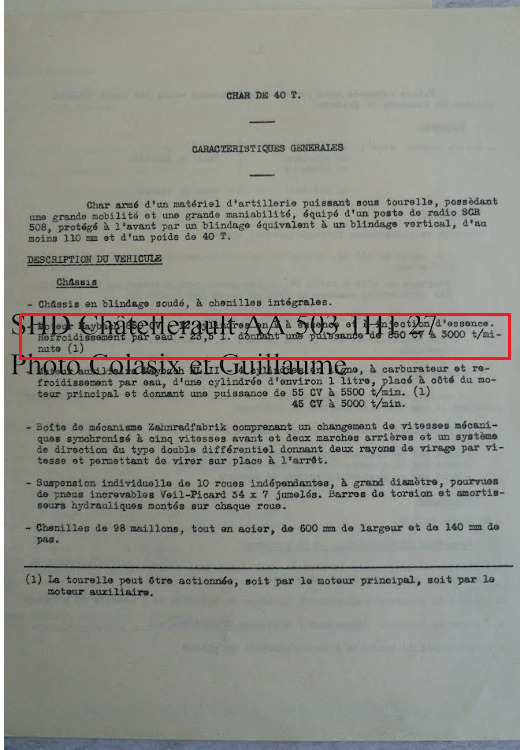
Although not named, the mention of a 23.5 litre, fuel-injected 850 horsepower Maybach engine is certainly the HL 234
Gunner's sight stabilization
S.Z.F. 1 stabilised gun sight
The stabilized gun sights designed for the Tiger II and Panther performed 2 functions:
- Stabilization of the sight to keep the cross-hairs of the sight on target while driving over uneven terrain
- Fire the gun by electric contact when the gun barrel traverse up and down on the move at the moment the gun is at the correct angular height for the target.
The S.Z.F 1 stabilized sight was tested along with gyroscopic gun stabilization on the Panther with a testing firing of 10 rounds from a range of 1000m.
On March 10, 1945, Krupp attempted to install the S.Z.F 3 stabilized sight into a Tiger II with a rangefinder. They found that the sight along with the gyroscopic device was able to fit into the same location and same hole as the previous sight, but that the turret front plate needed to be changed in size and shape to fit the external aperture.
These are the most important changes and upgrades I want to mention in my suggestion when I get around to making it, there is also a lot of stuff not mentioned, pending either more research or being optional changes. Some of these optional changes are the various in development like diesel engines like the Sla. 16, as later in the war, the fuel situation switched over in favour of diesel so replacing petrol engines with diesel engines was a serious idea, including for the Tiger II.
An example of something I need to do more research on is for the PP33 planetary gearbox potentially replacing the Olvar OG 40 12 16 B gearbox. While the Olvar gearbox was mechanically fine, it was a lot more expensive to produce compared to for example the AK 7/20 gearbox on the Panther. In fact, the AK 7/20 was selected as a potential replacement for the OG 40 12 16 B, however this seemed unlikely by the time of 1945. The PP33 was worked on in 1944 and passed bench testing and was selected as a potential gearbox replacement, however this is all I have gathered so far.
Sources:
- VK 45.02 To Tiger II: Design, Production & modifications, ThomasL. Jentz, Hilary L. Doyle.
- CIOS report XXXIII-8 Maybach moterembau G.m.b.H
- CIOS report XXXII-62 Maybach HL 234 Tank Engine
- CIOS report XXXII-34 Stabilised Optics for German Tank Guns
- RH/2590K
- Châtellerault AA 503 1H1 3
- Châtellerault AA 503 1H1 27
